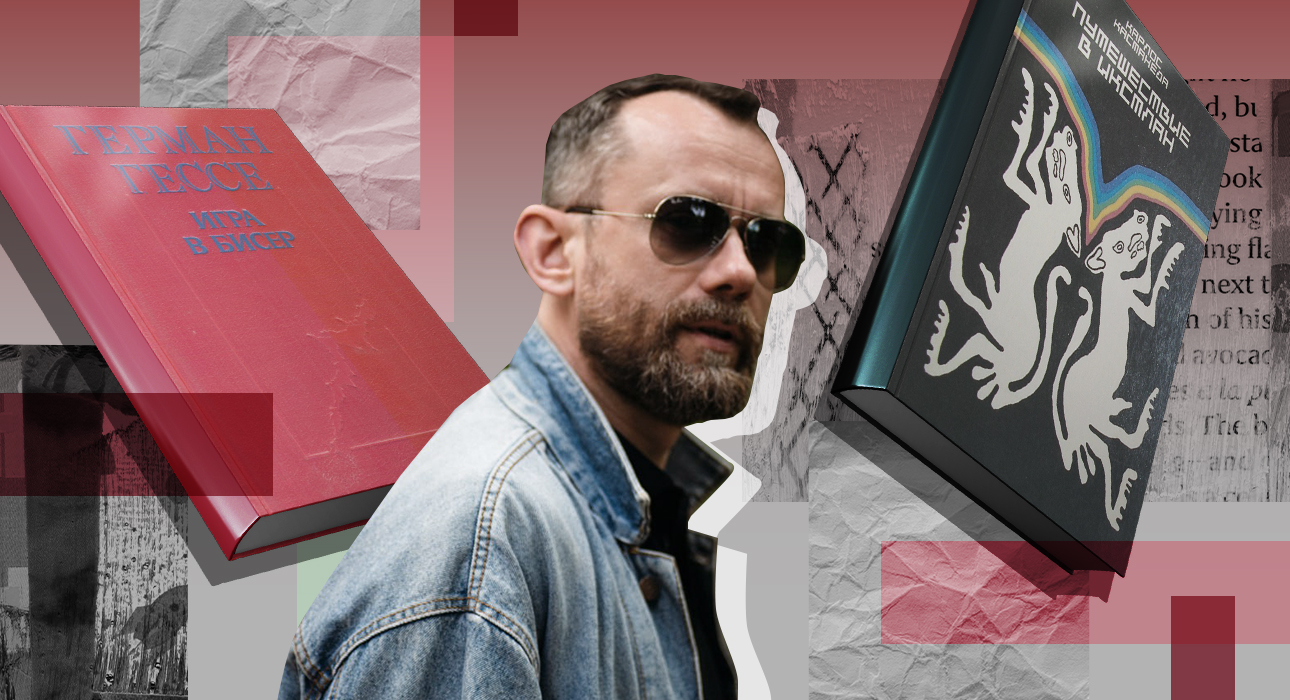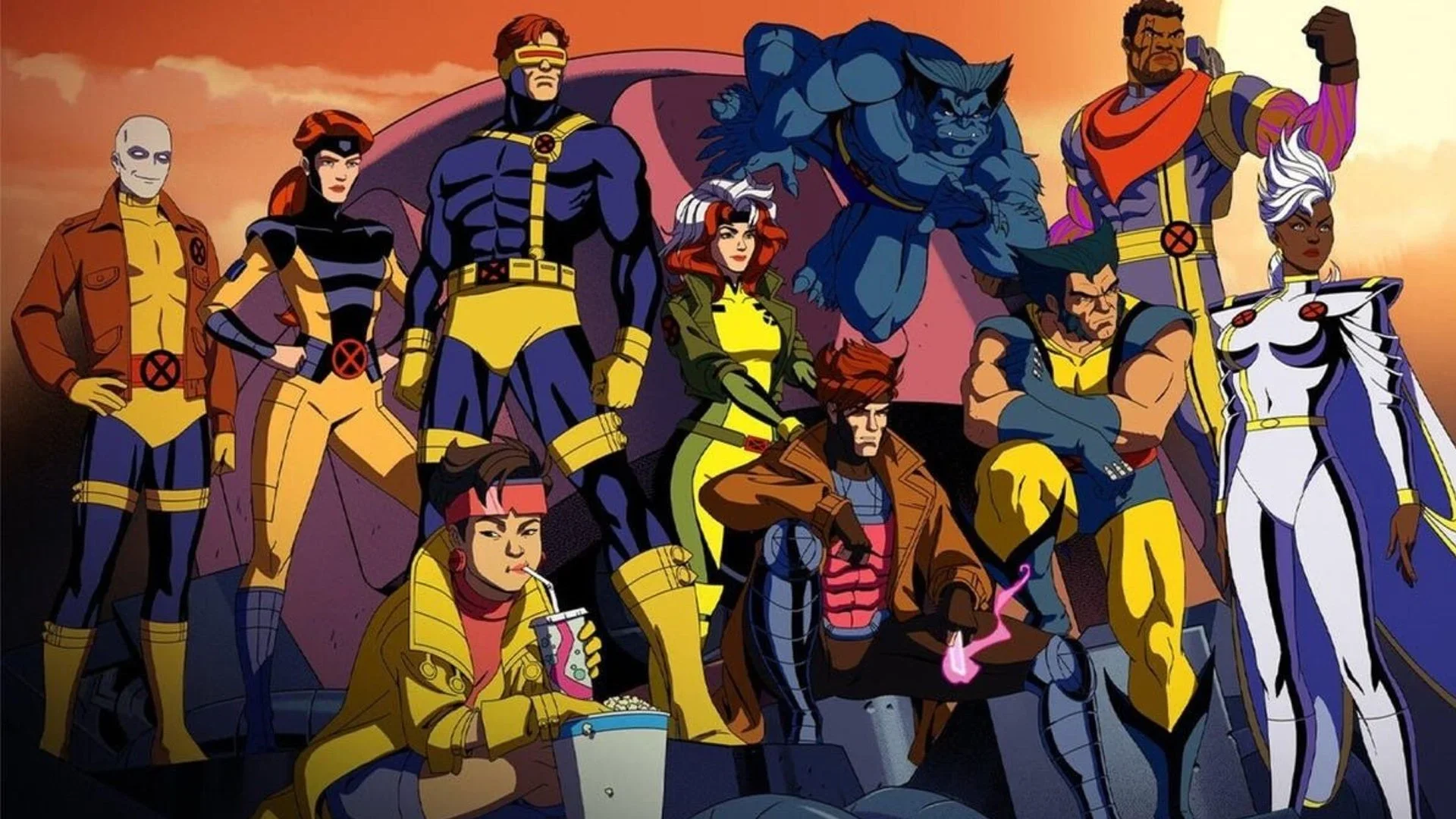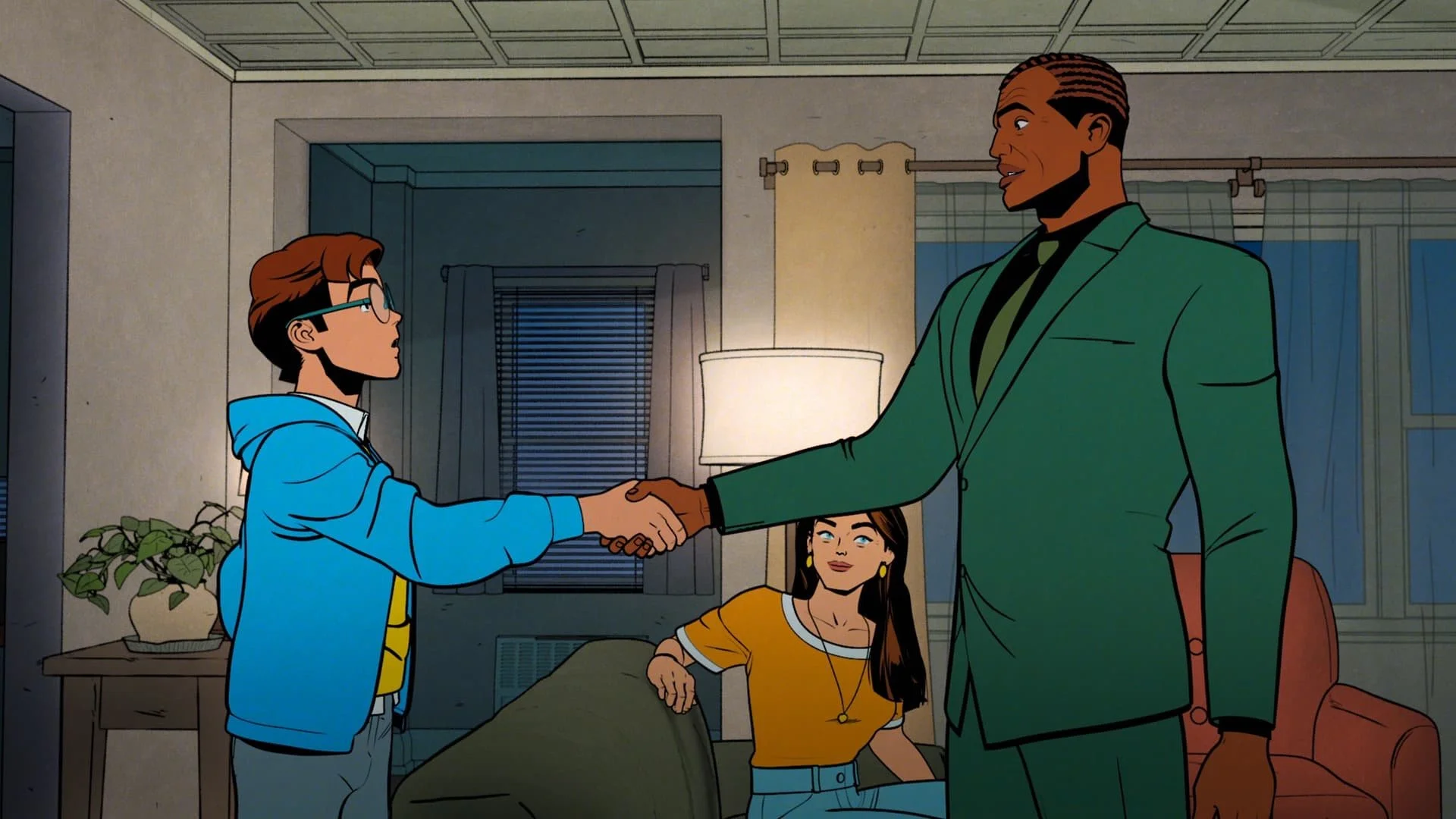Questions about what to watch or what to read can be asked, it seems, endlessly and more than once – after all, any good work, be it a book, movie or TV series, unfortunately, sooner or later ends and leaves. Its audience or reader is in the throes of new searches. But there is some good news, too.
To make your task easier, every week we ask our columnist Konstantin Obraztsov – writer, author of “Red Chains”, “Hammer of the Witches” and other books, as well as creator of the “Sample Reading” program on Rutube and the “Obraztsov” channel on Telegram – to share his collection of the world’s best literature and TV series with diamonds.

Konstantin Obraztsov
On today’s agenda are philosophical novels with notes of nostalgia.
About thirty years ago, if you wanted to buy yourself something to read, you didn’t go to the internet – it didn’t exist then, can you imagine? – and not to a bookstore – there were no bookstores like there are now, and the few that were open had nothing interesting – but they went to the subway. At each station, dozens and hundreds of books were sold on huge folding tables; these included collections of Silver Age poets, detective stories by Spillane and Chase, Steiner’s mystical “Essay on Occult Science”, Blavatsky’s “Secret Doctrine”. , Orthodox prayer books, “Kama Sutra” peacefully coexisted with each other “, clumsily but enthusiastically illustrated, “The Lord of the Rings”, the fantasy of Harrison, Zelazny and Le Guin and Bulgakov’s “The Master and Margarita”.
This incredible eclecticism best reflected the spirit of the 90s, about which different things could be said, but only one thing could not be agreed: it was a time of unprecedented openness to everything new and spiritual search. Readers later discovered American hard-boiled detective stories, religious, poetry, and occult novels, as well as philosophical novels. They were written by different authors and at different times, but they became incredibly popular in the early 90s. Look in your parents’ library, you will probably find these books on the shelves you bought from the subway or from the supermarket. Or if you are the same parents now, remember how you bought them yourself.
Our book selection today includes four philosophical works of the “Pepsi generation”.
Hermann Hesse, “The Glass Bead Game”
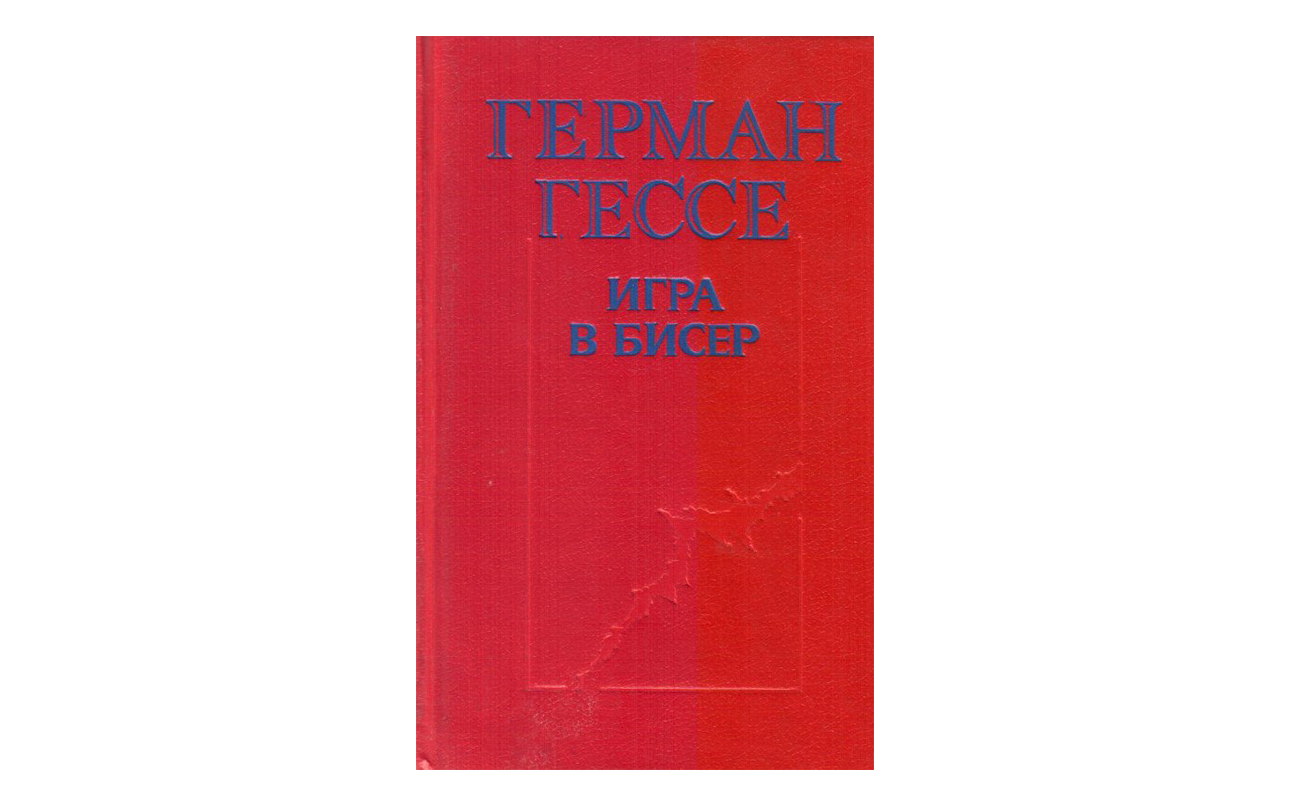
Hesse is a true patriarch of European literature who lived a surprisingly long creative life: he began his first writing experiments in the 19th and early 20th centuries and completed them during the Second World War. His style was called neo-romanticism, magical realism, but above all, Hermann Hesse is an undisputed classic of intellectual prose, the main theme of which is the search for answers to the main philosophical questions: What is the world? “What is I”? And what is my place in this world? In Siddhartha, these answers are answered by the young Indian brahman, the future Buddha Sakyamuni, a misanthrope with a split personality, in the famous “Steppenwolf” and “The Glass Bead Game”, the mystical glass bead game.
The Glass Bead Game is Hesse’s last novel, which cemented his intellectual status and earned him the Nobel Prize in Literature. The text will appeal not only to lovers of elegant symbolism, but also to lovers of dystopia and even post-apocalypse: the action takes place in a fictional state of Europe that has suffered a civilizational catastrophe. A few centuries after that, selected sages, scientists and poets created a kind of university city or campus, especially for the gifted, where selected students comprehended the depths of the mind and soul under the guidance of masters.
In fact, the Bead Game in the novel is a kind of synthesis of science and art, a kind of applied “unified theory of everything”. The plot revolves around the life of one of the greatest Masters of the Game (hello, “What? Where? When?”) who makes difficult choices in life. The novel is incredibly detailed, a kind of glass bead game, itself supported by additions in the form of poems and stories written by the main character, in which it is difficult not to believe in the reality of Hesse’s fiction.
Carlos Castaneda, “Journey to Ixtlan”
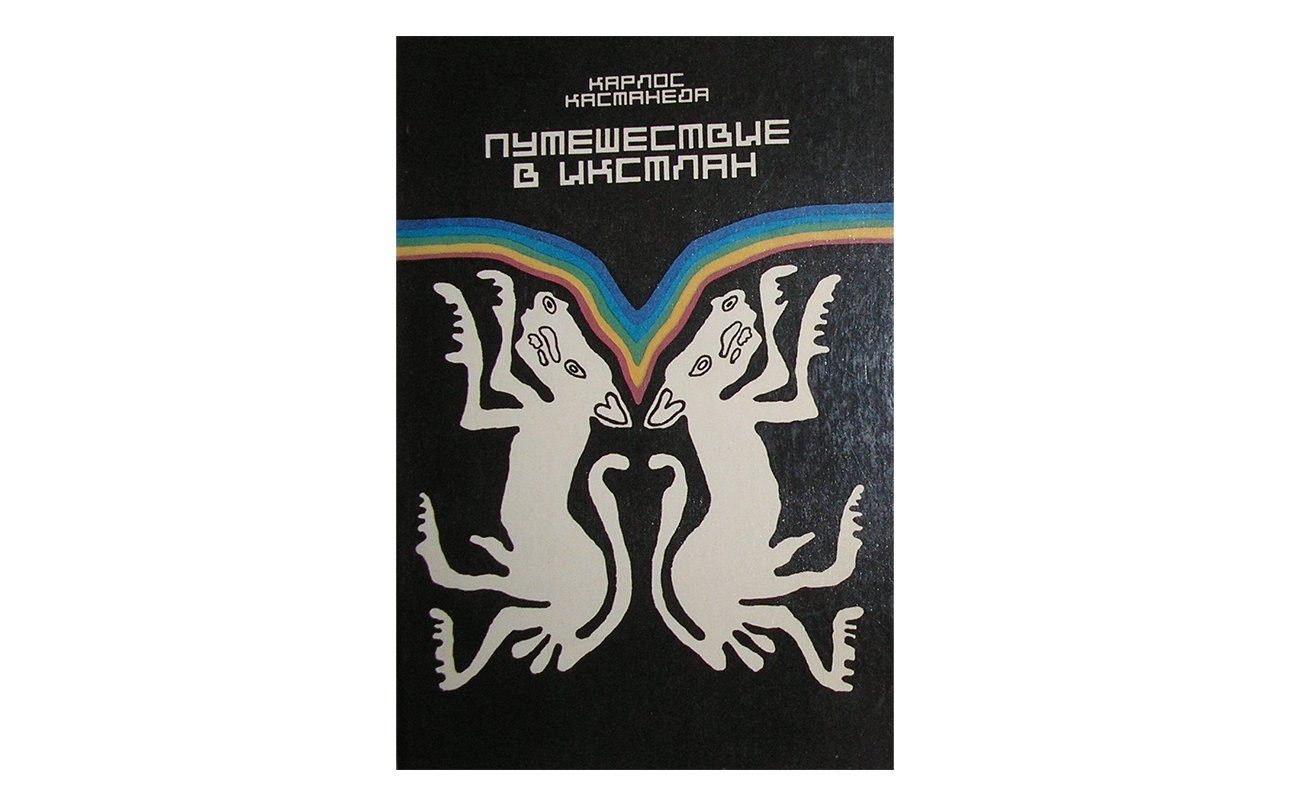
The phrase “cult” is often used when you want to specifically praise a movie or book for any reason: “cult novel,” “cult fantasy,” “cult horror.” Most often, there is nothing behind such a definition: a cult work in the literal sense of the word is a work around which a cult is formed, a system of certain views and even a belief that explains this world in its own way. There are very few books of this kind in the history of world literature. One of them is Castaneda’s mystical novel “Journey to Ixtlan”, which became a real discovery of the 90s.
Carlos Cesar Salvador Aranha Castaneda himself is a cult and mysterious character: a Peruvian writer, anthropologist, PhD holder and, according to his own statement, the author of a dozen novels about the mystical doctrine of “The Way of the Warrior”. It was compiled from conversations with Indian shamans and sorcerers and, according to skeptics, he composed it himself. It is impossible to verify this: Castaneda kept his personality so secret that even his date of birth cannot be reliably determined – neither 1925, nor 1931, nor even 1935.
“Journey to Ixtlan” is Castaneda’s third novel, devoted to the alleged teachings of Don Juan, a real or imagined old Native American who revealed to the author the secrets of shamanism. In this case, the journey takes place entirely speculatively; the text is essentially a collection of thoughtful dialogues and exercises based on the use of what is good for an Indian and a modern Russian – Article 6.13 of the Code of Administrative Offenses. Article of the Russian Federation. The exoticism of the revelations of Peruvian shamans made the novel very popular in Russia in the 90s, when Kashpirovsky and Alan Chumak charged newspapers and water through the TV screen, and there is still no consensus on what “Journey to Ixtlan” is: a philosophical It is a review or a bad trip.
Julio Cortazar, “Hopscotch”
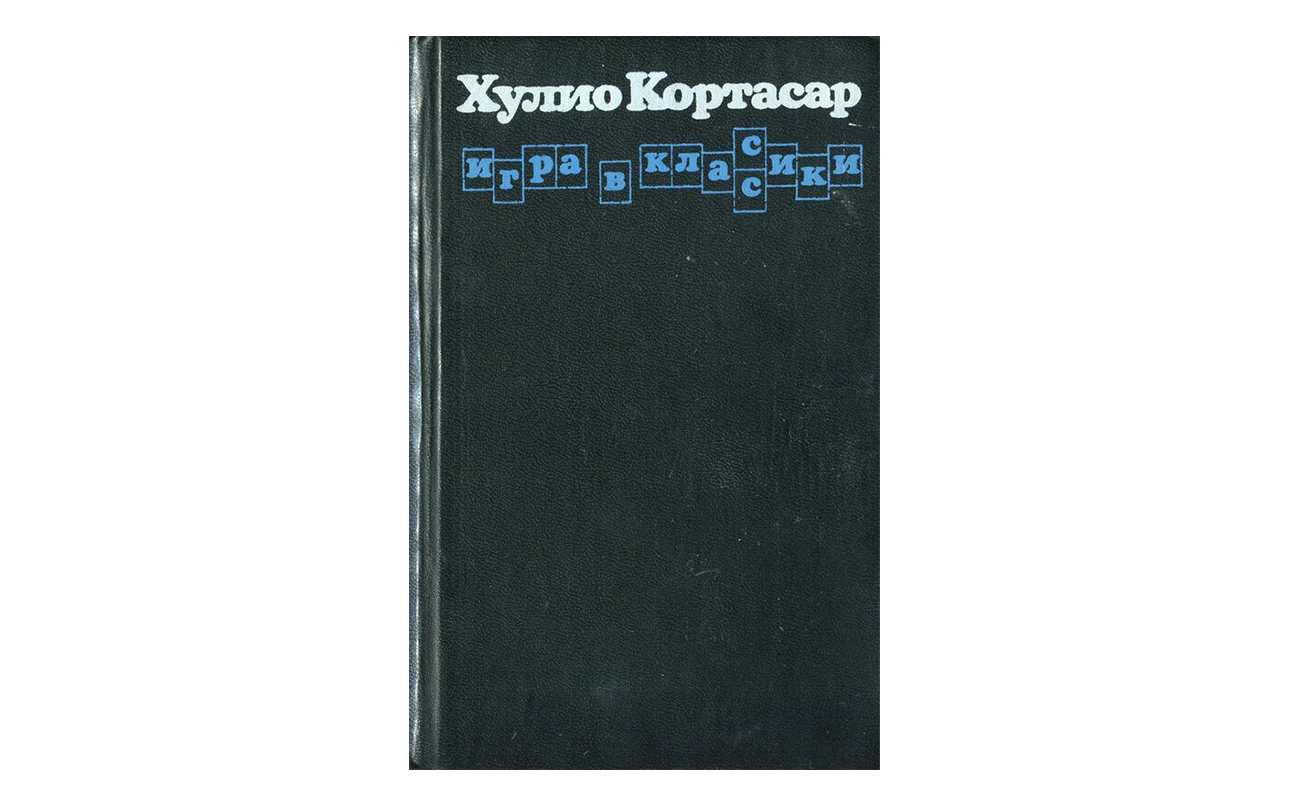
Cortazar’s works have been known to Soviet readers since about the 70s. But at that time, only rare specialists and intellectuals read his books, and in the 90s, when almost everyone suddenly became an intellectual, Cortazar became very popular for a while and rightfully took its place in the book trays between Castaneda and Kama Sutra.
Hopscotch may be the sixth book among the works we recommend to those who want to be smart. At the beginning, the author offers the reader a choice in the order of reading the novel: you can read the 56 chapters, consisting of two parts, in order, ignoring the third, or proceeding in a special order according to the table. All 155 episodes. Whichever method you choose, and regardless of whether you accept the modernist hopscotch game the author has engaged in, the text will immerse you in the reflection of the main character.
Do you remember the three main philosophical questions? Here unattractive slacker Horacio Oliveira seeks answers by idling around the bohemian Parisian landscape at someone else’s expense. The narrative is structured in the plotless narrative style popular in the 60s: We witness a rather empty and meaningless life by simply following the hero, his thoughts, feelings and internal dialogues. An intimate relationship with Maga (this is a girl, a charming Uruguayan and not what you think), parties listening to jazz on the Parisian rooftop and Calvados in the company of young dandies, separations, meetings, return to his hometown of Buenos Aires, life collapsed and as a result – the hero’s a psychiatric hospital where he may or may not have stepped into the void from the window.
Richard Bach, Jonathan Livingston Seagull
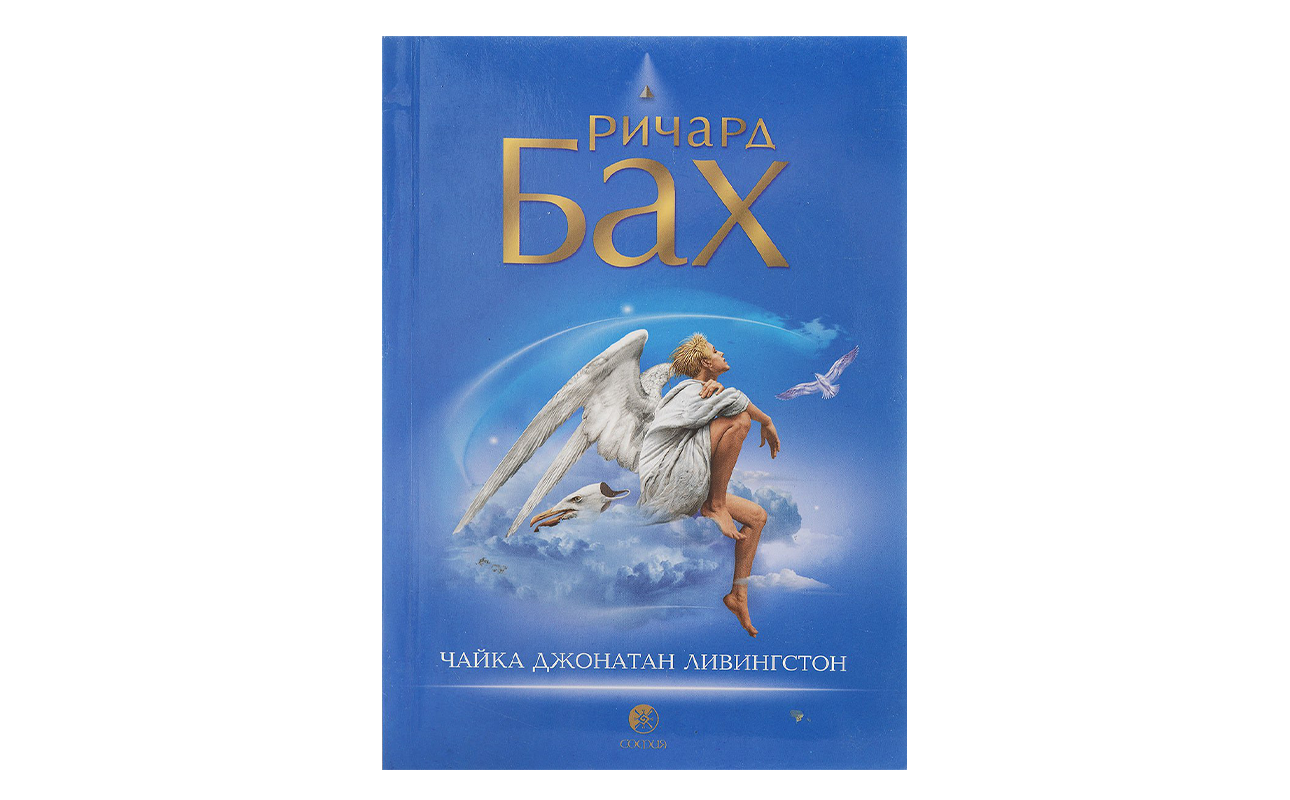
Once upon a time, a French pilot wrote a short story that became one of the most famous and beloved books for readers around the world. The Little Prince was a metaphorical fairy tale about the Fox and the Rose, about the love of life and the search for one’s place in life, a story that has been translated into 300 languages of the world. Now only the Bible was being translated.
Almost thirty years later, another pilot created his own allegorical story: about a seagull searching for the meaning of life while flying.
Richard Bach was born in 1936 and devoted almost his entire life to aviation. He is the author of dozens of books, all of which talk about pilots and airplanes in one way or another. Flight is the central theme of his most important novel, Jonathan Livingston Seagull; but in a different, higher sense.
In form, it is a metaphorical story, a fairy tale analogy. A seagull named Jonathan Livingston is different from everyone else in his flock and does not fit well into society: While all the other practical and intelligent seagulls are busy searching for food, Jonathan Livingston is perfecting the art of flight. This is stupid: after all, wings are given to more skillfully steal fish from fishing nets, right? But definitely not just to enjoy flying, but to turn it into a real art. Jonathan Livingston continues his job despite the displeasure of the older birds in the flock and is eventually fired, but… This is just the beginning of the story.
“Jonathan Livingston Seagull” is worth a few dozen books on motivation and hundreds of video courses on stepping outside your comfort zone. This is a book about not believing those who don’t believe in you. Not only that, like everyone else who says it’s time to do something serious, you can’t listen to those who think your dream is bullshit that needs to be changed for life. It’s about how not to be afraid of the pressure of a flock that doesn’t understand the beauty and joy of true flight. And about the fact that devotion to your inspiration will always lead you to those from whom you can learn, to whom you yourself can teach, to the world of Freedom, where Flight is precious.
PS Antoine de Saint-Exupéry, author of the fairy tale The Little Prince, died after being shot by a German warrior in 1944. In 2012, when he was 76 years old, Richard Bach was involved in an accident during an emergency landing, came into contact with high voltage cables on the plane, and was burned but survived. And like a seagull named Jonathan Livingston, he continues to fly to this day.
Source: People Talk
Errol Villanueva is an author and lifestyle journalist who writes for The Fashion Vibes. With a passion for exploring the latest trends in fashion, food, travel, and wellness, Errol’s articles are a must-read for anyone interested in living a stylish and fulfilling life.

